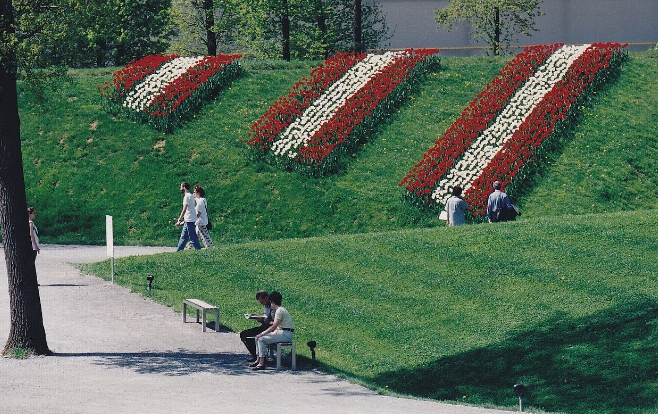Dieter Kienast: Transforming Landscapes with Vision and Purpose
Dieter Kienast was a visionary landscape architect whose work transcended mere aesthetics; it aimed to harmonize human environments with nature. His innovative designs have left a significant mark on urban landscapes, emphasizing sustainability and functionality. Understanding Kienast’s approach can inspire current and future projects in landscaping and urban design.
The Philosophical Approach to Landscape Design
Kienast believed that landscapes should not only be beautiful but also serve a meaningful purpose. He often integrated natural elements into urban settings, making spaces more livable and enjoyable. His philosophy emphasized the connection between people and their environment, promoting designs that encourage interaction with nature. This approach is particularly relevant today as cities grapple with issues like climate change and urbanization. By embodying Kienast’s principles, landscape architects can create spaces that foster community well-being and ecological health.
Innovative Projects That Inspire
Among Kienast’s most notable projects is the Arboretum in St. Gallen, Switzerland. This project showcases his commitment to biodiversity by incorporating a wide variety of plant species. Each element of the design was carefully considered to create a space that not only looks good but also supports local wildlife. Another significant work is the landscape design for the Swiss Federal Institute of Technology in Zurich, where he expertly merged functionality and aesthetics, providing students and faculty with a serene and inspiring learning environment. These projects highlight how thoughtful design can contribute to urban ecosystems.
Sustainable Practices in Modern Landscapes
Sustainability was at the core of Kienast’s philosophy. He championed techniques that minimize environmental impact while enhancing the surrounding ecosystem. His work frequently involved the use of native plant species, sustainable materials, and water-efficient systems. Kienast’s legacy lives on in the current trend of eco-friendly landscaping practices, which prioritize the health of the environment and the well-being of communities. By embracing sustainable methods in landscape architecture, we can create spaces that are beautiful, functional, and kind to the planet.
In Conclusion
Dieter Kienast’s influence on landscape architecture is both profound and lasting. His commitment to creating meaningful, sustainable, and aesthetically pleasing spaces serves as a guiding principle for contemporary landscape architects. If you’re interested in enhancing your own designs or learning more about Kienast’s work, explore further and consider how you can incorporate his visionary ideas into your projects. Let’s continue to push the boundaries of landscape architecture, inspired by the work of pioneers like Dieter Kienast.

